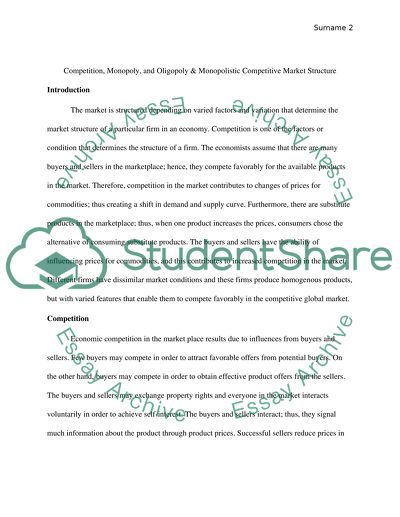Cite this document
(“Competition, Monopoly, and Oligopoly & Monopolistic Competitive Market Term Paper”, n.d.)
Competition, Monopoly, and Oligopoly & Monopolistic Competitive Market Term Paper. Retrieved from https://studentshare.org/macro-microeconomics/1464342-competition-monopoly-and-oligopoly-monopolistic
Competition, Monopoly, and Oligopoly & Monopolistic Competitive Market Term Paper. Retrieved from https://studentshare.org/macro-microeconomics/1464342-competition-monopoly-and-oligopoly-monopolistic
(Competition, Monopoly, and Oligopoly & Monopolistic Competitive Market Term Paper)
Competition, Monopoly, and Oligopoly & Monopolistic Competitive Market Term Paper. https://studentshare.org/macro-microeconomics/1464342-competition-monopoly-and-oligopoly-monopolistic.
Competition, Monopoly, and Oligopoly & Monopolistic Competitive Market Term Paper. https://studentshare.org/macro-microeconomics/1464342-competition-monopoly-and-oligopoly-monopolistic.
“Competition, Monopoly, and Oligopoly & Monopolistic Competitive Market Term Paper”, n.d. https://studentshare.org/macro-microeconomics/1464342-competition-monopoly-and-oligopoly-monopolistic.


